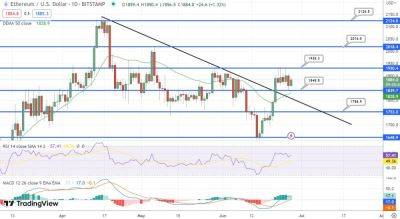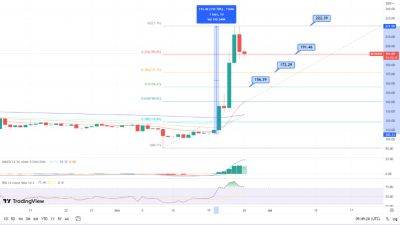Self-custody Bitcoin amount unmeasurable so far, says Santiment exec
There is no way to measure the amount of Bitcoin (BTC) that is being sent to self-custody wallets so far, according to one industry executive.
Amid the ongoing FUD over lawsuits against major cryptocurrency exchanges, investors have been increasingly offloading their Bitcoin from crypto trading platforms.
As of mid-June, Bitcoin’s exchange supply fell to its lowest level since February 2018, according to data from the crypto intelligence platform Santiment. The massive exchange outflows have been triggered by the growth of self-custody fueled by uncertainty around Binance and Coinbase, Santiment said.
The growing self-custody trend has a massive impact on cryptocurrency markets, Santiment’s head of marketing Brian Quinlivan told Cointelegraph on June 15.
One of the most notable results of self-custody is that it tends to decrease circulation, thereby reducing the market capitalization tracked by websites like CoinGecko and CoinMarketCap.
“Circulation does tend to dry up as coins are moved off of exchanges,” Quinlivan said, adding that the increasing self-custody trend has a downside in the form of stagnant coins.
“This stagnancy can have a negative impact on market cap due to the lowered utility of the network as a whole,” the exec noted, adding:
Quinlivan noted that coins moving off exchanges have more of a long-term impact on markets. “Traders sometimes assume that if a massive amount of tokens is suddenly moved off exchanges by whales, prices will immediately rise,” he said, adding that the firm has seen that it was usually a much more gradual rise.
The Santiment executive noted that Bticoin’s supply on exchange has plummeted from 16.1% on Black Thursday in March 2020 to 9.8% today. “Prices are still up 283% during this time
Read more on cointelegraph.com






















